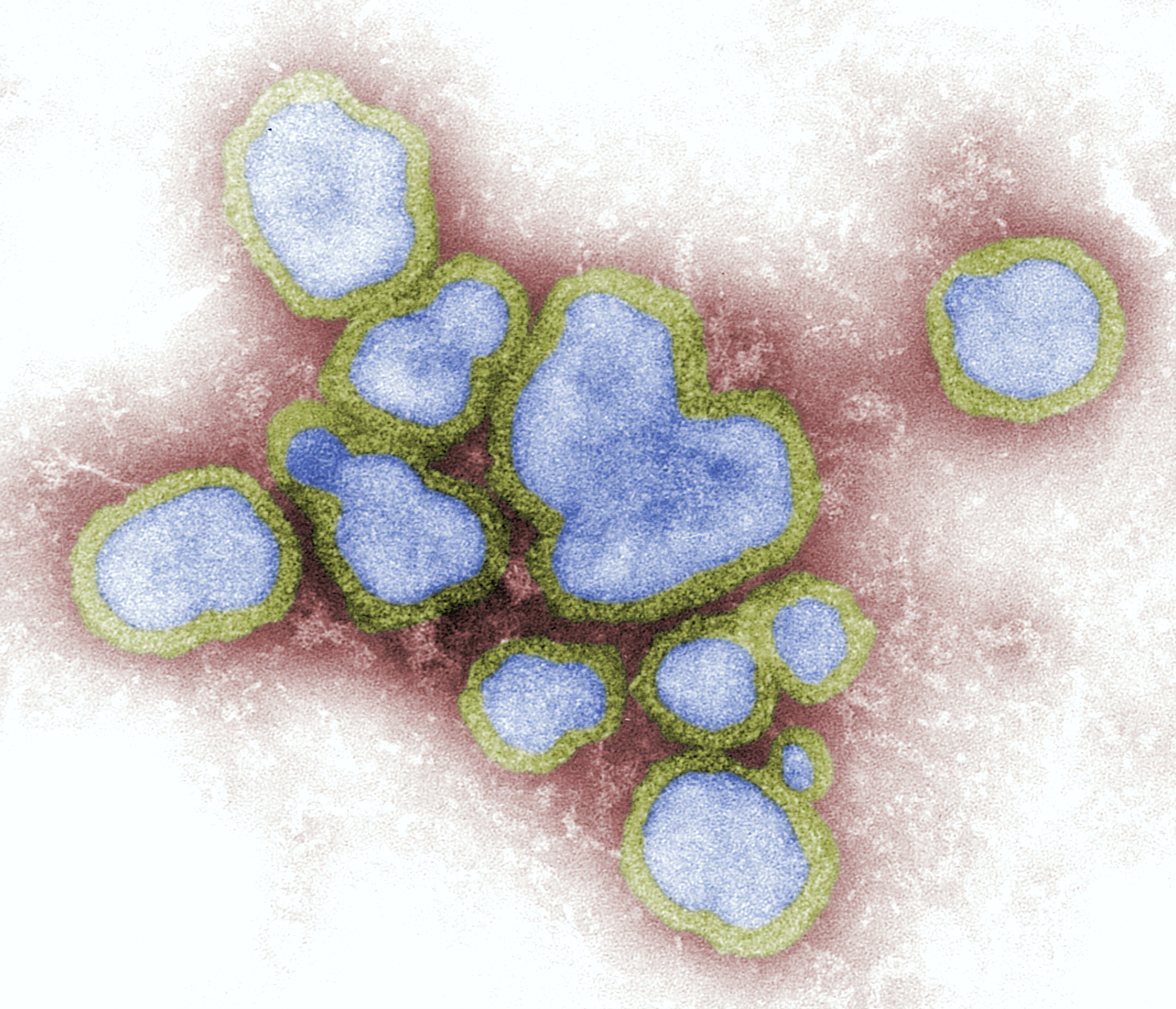The Spanish flu pandemic of 1918-1919 was one of the most devastating pandemics in human history. It is estimated that anywhere from 20 to 50 million people died as a result of the virus.
In this blog post, we will take a closer look at the spread of the Spanish flu, some of the possible reasons for its massive death toll, and how it ended.

The Spanish Flu
The Spanish flu, also called the 1918 flu pandemic, was a deadly influenza pandemic. It lasted from February 1918 to April 1920, and the infectious disease infected millions of people in three waves.
The pandemic occurred in two phases: a less severe first phase from February to April 1918 followed by a much deadlier second phase from September 1918 to April 1920. It is believed that the first cases occurred in Haskell County, Kansas, in January 1918 and spread from there via American troops serving in Europe during World War I.
The virus subsequently spread around the world via passengers on ships (resulting in its alternate name) and via soldiers serving overseas.
It is thought that the first wave of the Spanish Flu was relatively mild because it spread among young, healthy people who had not yet built up immunity to the new strain. The second wave was much more deadly because it struck populations that had already been weakened by the first wave and had little resistance left.
In the third wave, which affected Europe, North America, and parts of Asia and Africa, more than 25% of people became infected, and 3%–5% died. The flu viruses caused major loss of life: somewhere between 17 million and 50 million global population are estimated to have died worldwide.
Although the exact cause of the pandemic is still unknown, it is thought that a series of mutations made the virus more contagious and more deadly.
Why Is It Called The Spanish Flu?
The Spanish Flu was so named because Spain, being a neutral country during World War I, did not censor its media the way other countries did. As a result, the Spanish media was one of the first to report on the pandemic and its devastating effects.
The Spanish Flu Symptoms
The Spanish flu was especially deadly for young adults and healthy people; normally, it is older people and young children who are more susceptible to influenza.
The Spanish flu caused a high fever, chest pain, coughing up blood, and extreme body aches. Here are the most common symptoms of the Spanish flu:
1) Fever: A high fever is one of the most common symptoms of the Spanish flu. The fever can be as high as 104 degrees Fahrenheit.
2) Chest pain: Chest pain is another common symptom of the Spanish flu. Chest pain is caused by the inflammation of the lungs.
3) Coughing up blood: Coughing up blood is a symptom of the Spanish flu that can be very scary. The blood is actually coming from the lungs which are inflamed and full of fluid.
4) Extreme body aches: The Spanish flu can cause extreme body aches. The aches are caused by the inflammation of the muscles and joints.

Possible Reasons For Its Massive Death Toll
The Spanish flu was an unusually deadly strain of influenza. The possible reasons for its high death toll are:
1. Its Targets
The Spanish Flu struck mostly young, healthy adults. This was likely due to the fact that they had not built up immunity to the virus.
In contrast, older people and those with underlying health conditions tended to recover from the virus. This gave them some level of immunity which helped protect them from subsequent waves of infection.
2. World War 1
Another reason for the high death toll is that the Spanish flu emerged during World War I when people were in close quarters and moving around the world. This helped the virus to spread quickly and infect a large number of people.
3. It Was Unknown
Finally, the Spanish flu was a new strain of influenza that had not been seen before. This meant that people had no immunity to it and it was able to cause a lot of damage.
How Did The Spanish Flu End?
The Spanish Flu pandemic lasted for just over a year, from 1918 to 1919 affected public health. It is thought to have ended due to a combination of factors such as:
1. Development Of Immunity In The Population
The 1918 influenza pandemic (Spanish Flu) was an unusually deadly influenza pandemic. As a result of infection with the 1918 flu virus, many people developed immunity to the virus and were no longer susceptible to infection when the second wave started.
This development of immunity led to a decrease in the number of new cases of influenza, especially in the third wave and eventually to the end of the pandemic.
However, it is important to note that not everyone who was infected with the virus developed immunity; some people remained susceptible to infection throughout their lives.
2. New Strains Were Less Deadly
At its peak in October 1918, the flu killed more people in a single month than any other illness in recorded history. However, by the third wave, the flu had begun to disappear. While there are many theories about why this occurred, the most likely explanation is that a new, less deadly strain of the virus emerged and replaced the more deadly strain.
This theory is supported by the fact that, after the initial wave of the influenza virus in 1918, the number of cases began to decline rapidly. In addition, while the 1918 flu pandemic was particularly deadly to young adults, the majority of deaths during the second wave were among children and older adults.
This suggests that a less virulent strain of the influenza virus was circulating during this time. Ultimately, the emergence of a less deadly strain led to the end of the Spanish Flu pandemic.
3. Improved Hygiene And Sanitation Practices
As the death toll continued to rise, governments began to take measures to control the spread of the virus, including closing schools and businesses, banning public gatherings, and imposing quarantines.
However, it was not until 1919 that the true extent of the influenza epidemic was realized, and by that time it was too late to effectively contain it.
4. Development Of Flu Vaccines
The first flu vaccine against the Spanish flu was developed in the United States (Center For Disease Control) and France in 1918. These vaccines were based on a killed virus and were not very effective.
In 1919, a group of scientists led by Ernst Spanberger developed a more effective flu vaccine using a live but weakened virus. This vaccine was used to immunize millions of people around the world and helped to bring the pandemic to an end.
It is estimated that Spanberger’s vaccine prevented 6 million deaths during the influenza epidemic.

Conclusion
While the Spanish Flu pandemic is now a distant memory, it still serves as a reminder of the devastation that can be caused by a pandemic virus.
With the current outbreak of the novel Coronavirus pandemic in the world, it is important to remember the lessons learned from the Spanish Flu and conquer this new pandemic.
